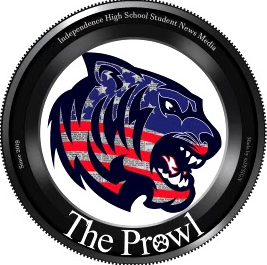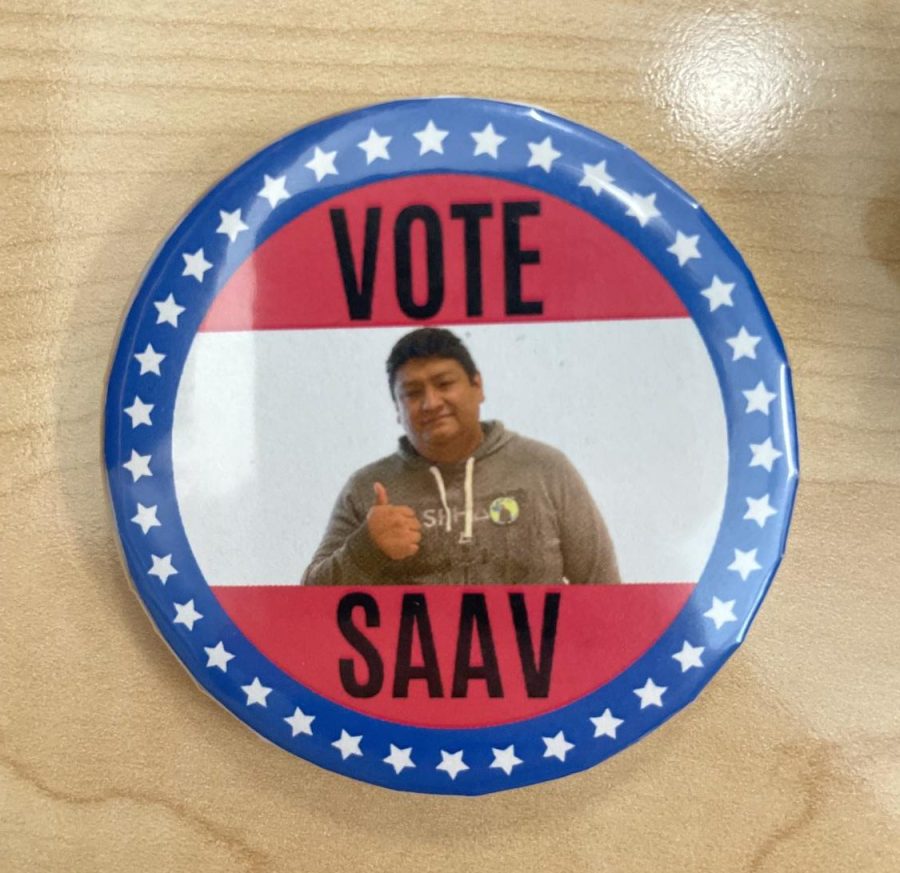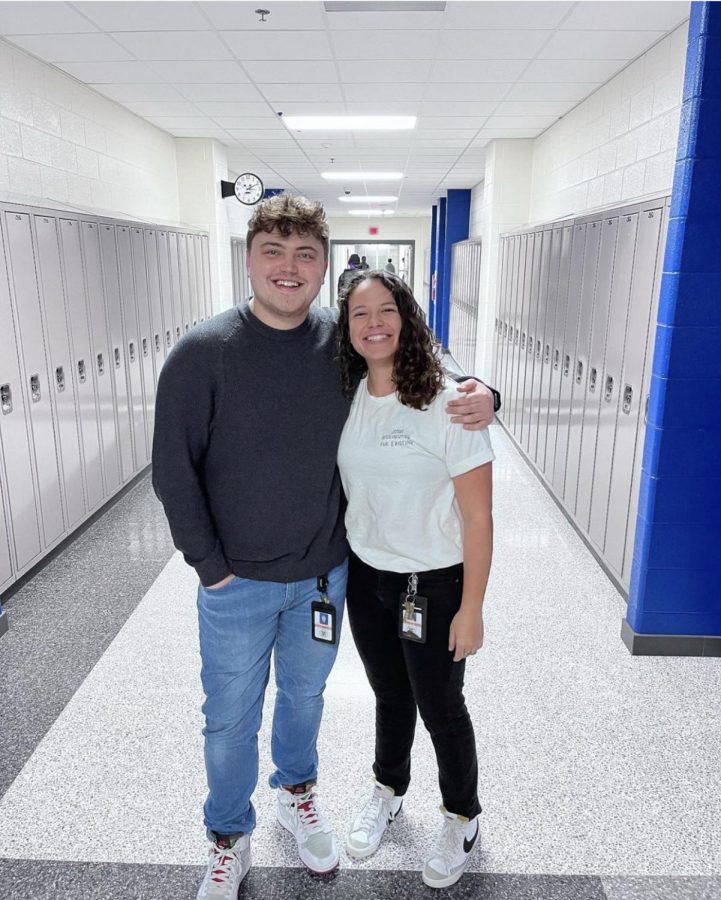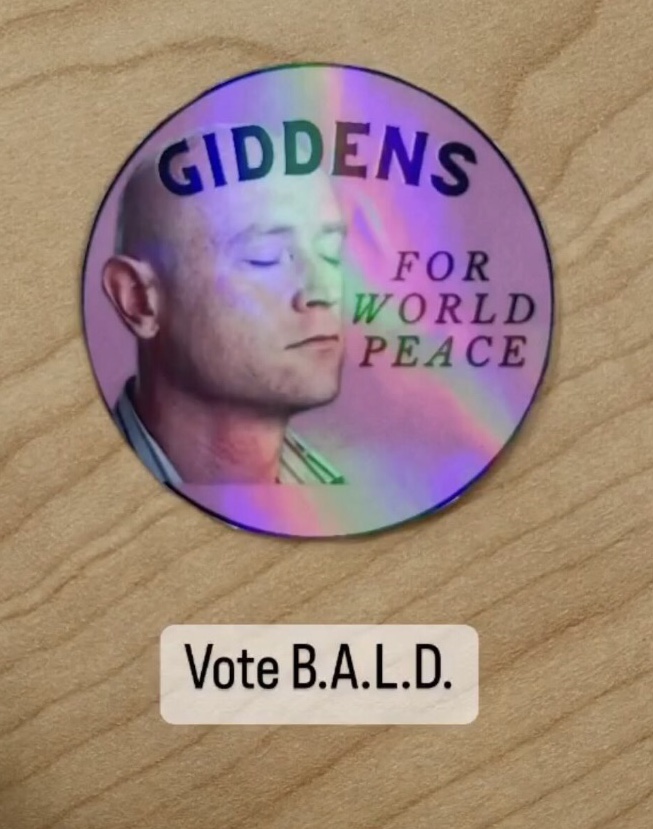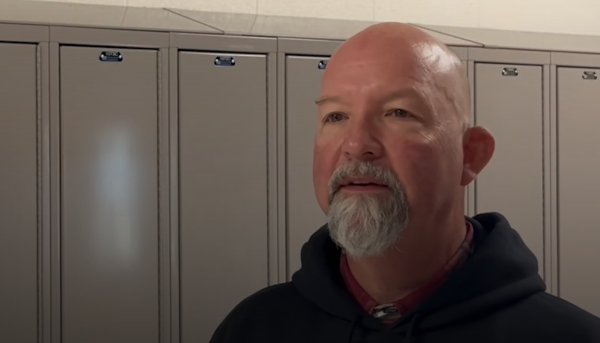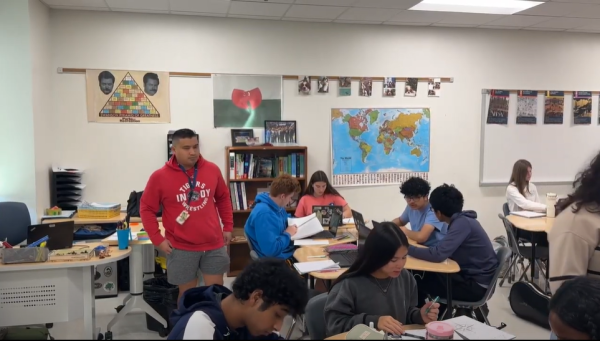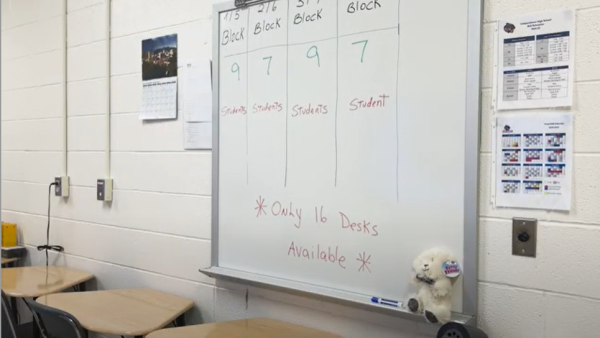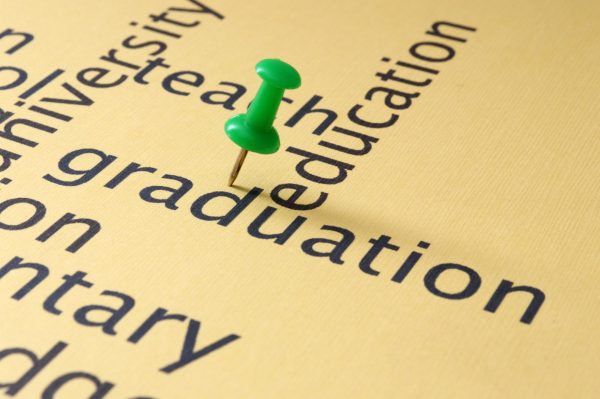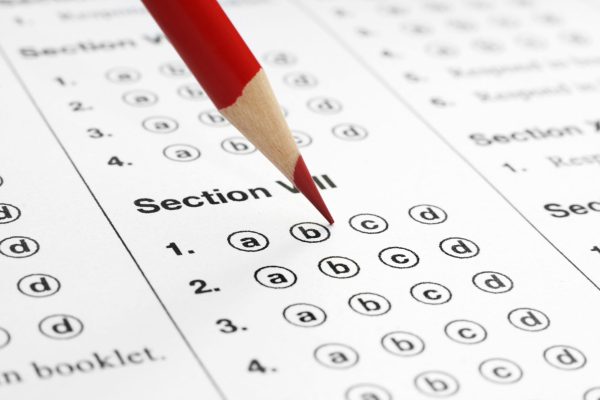Independence DE Government student campaigns
Amid the buzz of second quarter, a groggy spirit among the seniors of Independence High School slowly crackled over the student body. Students in Mr. Kim’s DE Government class were relentlessly advertising and debating for their political campaign project, in which the candidates were teachers and students were going to make or break a presidency with their campaigning skills. Campaigns clashed for the favor and vote of the student body, making all sorts of advertisement videos, speeches, flyers, pins, etc.; one party even going as far as to promise free Chick-fil-A for the student body and the return of yesterday’s dream– async-Mondays.
To mark the end of the campaigns, separate elections were held for each block, and out of the fumes of rivalry and politics rose the winners: the WHAG Party (Ms. Wagner and Mr. Holden; Block 1), the Chick-fil-A Party (Mr. Gabriel and Mrs. Shah; Block 6) and the Coffee Party (Mr. Saav and Mr. Harrington; Block 7).
DE Government teacher Mr. Daniel Kim explained, “I was hoping that they would learn a little more about the electoral process, like how important it is to choose specific candidates and how the election process just worked as a whole.” As Mr. Kim states, the students were very holistic in the project. For their campaigns, students did much more than make campaign videos and learn how to make humorous pins.
In order to simulate the entire process, students were to do everything from reaching out to staff seeking candidacy to debating other campaign groups in class to learning what appealed to the student body, giving students great independence in how they would present their campaign and determine the success of their election results.
To start the process, students were to create the party they were campaigning for. They had to reach out to any teachers/administrators they wished to be their President or Vice President. For example, the WHAG Party consisted of President Ms. Wagener and Vice President Mr. Holden. The teachers did not play any role aside from being the face of the campaign.
Students then had to decide what values their candidate stood for and what changes they would bring about. The freedom students were given included which issues/appeals they chose, and a crucial part of winning the election was choosing values that appealed to the student body. For example, one party, the B.A.L.D party with Mr. Giddens and Mr. Bonner, advocated that they would make higher education more affordable and reduce carbon emissions. Meanwhile, the Chick-fil-A party with Mr. Gabriel and Mrs. Shah chose to appeal to the student body by promising free Chick-fil-A and the return of async-Mondays, and although the validity of these promises was questionable, the student body was immediately dazzled, helping the Chick-fil-A party snag the Block 1 victory.
Mr. Kim describes, “The reason I left this project so open-ended was because I wanted them to draw comparisons with the fact that candidates emphasize specific issues based on who they’re talking to. So if you’re talking to students at Independence and trying to get them to vote, you want to make the issues cater to them.”
Students also learned about the costs attached to campaign advertisements. In order to do things such as flyers or videos to be played in someone’s class or deliver speeches in classrooms on the day of the election in order to better convince students, students had to pay Kim-Bucks. Kim-Bucks could be received from certain teachers for good behavior, or alternatively, just by asking.
In class, students held a presidential debate where they had to deliver a speech. In their speeches, they discussed issues they would resolve and also criticized and refuted the campaigns of other candidates. Students also took turns questioning each other, and in the end, the winner was up to the class to decide.
Finally, it came to election day, where the results would prove how well each group of students campaigned. In the voting process, both students in the DE government class had votes as well as eight random classes during the respective blocks of gov, meaning not all students in the student body got to vote, only if their class block was selected. Each student in DE Government and the eight different classes that period were assigned a state by random. The number of electoral votes, or the votes each state has based on size, was determined by which state the students/class was assigned.
Students who took part in the project generally concluded that it was a highly interactive, educational project that also was fun in the way it gave students a lot of freedom and creativity.
One student, Kato Watsen, from the winning block seven group (Coffee Party) said, “We had to actually like, talk to people, which is scary. For example, we had to go find a president. Overall, it was just a lot more social than other projects, which is good.”
Another student, Avery Phillips, remarks, “As a person who hates school, I really enjoyed this project a lot. I think it was the most fun because I actually understood what was going on–this was a lot more interactive compared to other projects and I actually understood what goes into a campaign and how it works with the executive branch.”
The project wasn’t only focused on learning but also on what it’s like to communicate with people to reach a goal, and how to appeal to a comparatively large audience as opposed to the slideshow presentations students are used to giving. The project also gave the student body a chance to interact, building a sense of community. The freedom students had with the project better simulates the real world, in which there are “stakes” involved with students’ decisions. One senior in the class concluded, “I really wished I had projects like this across all my classes, where I could just be creative and have freedom.”
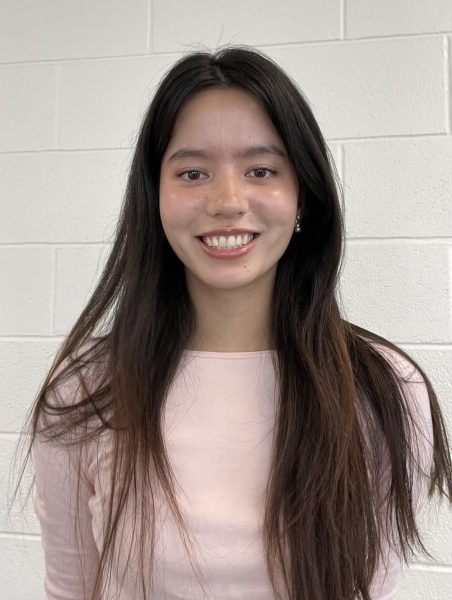
Michelle is currently a Senior, where it is her third and final year writing for The Prowl. This year, she is excited to serve as the Co-Editor-in-Chief....
